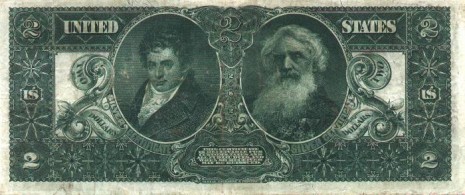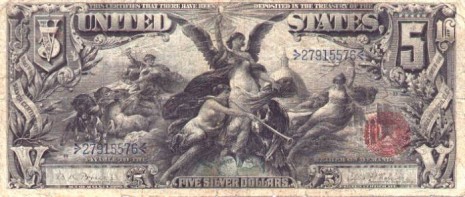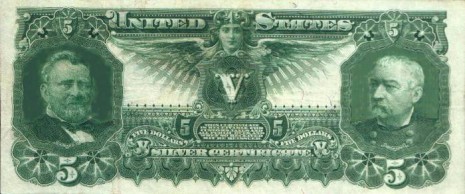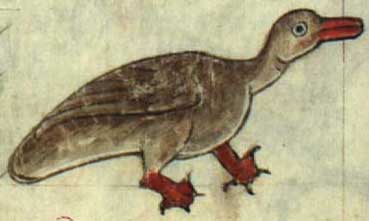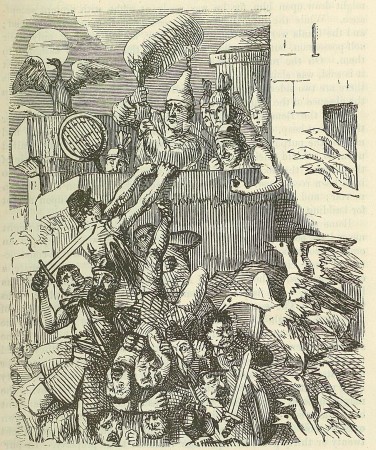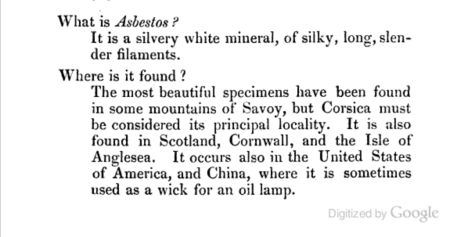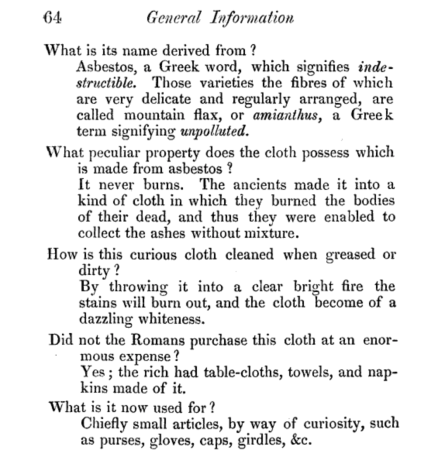Hello, Faithful Friends!
I’ve been away from the blog for a month, and–cough–am sort of still away, for a few more days. My book deadline is looming, but I’ve made great progress on it. And yet, I’m eking out a few more days of work and posting this Labor Day blog from last year…
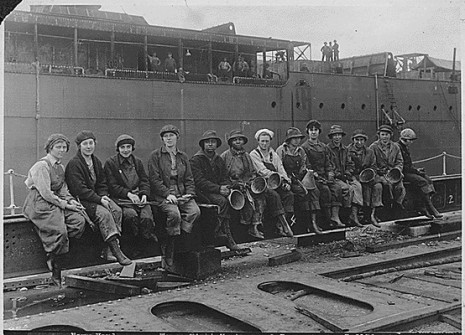 Labor Day has been celebrated on the first Monday of September every year since Grover Cleveland formally declared it a holiday for the working classes, in 1894.
Labor Day has been celebrated on the first Monday of September every year since Grover Cleveland formally declared it a holiday for the working classes, in 1894.
The no-white-after-Labor-Day rule probably began during the late nineteenth century, when newly-well-to-do American families returned from their country houses to their homes and jobs in the cities. It would have been out of the question to wear white in the grimy, coal-smoky urban centers. (For some cool pics I posted on a former blog about smoky cities, click here. )
In honor of Labor Day, I’ve posted some pictures of people at work. For picture credits, scroll down.
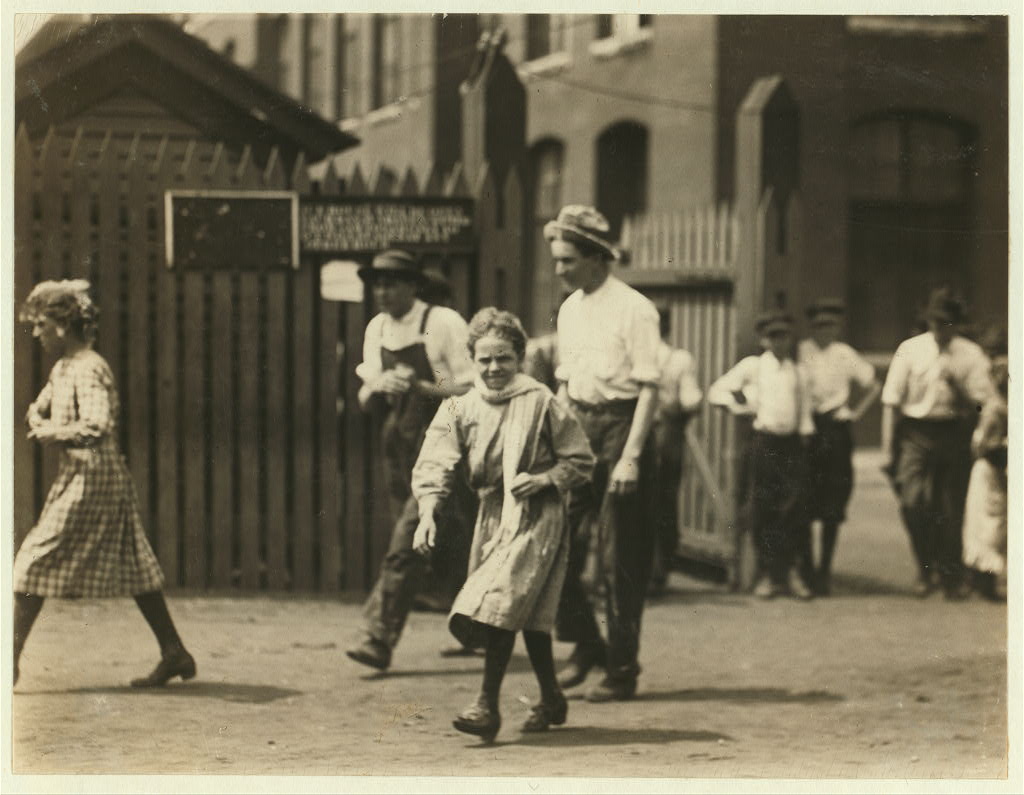
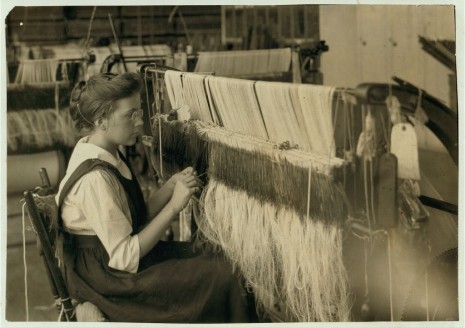 Images:
Images:
Lunch break, Courtesy NYC Municipal Archives
Seven “Canary Cottage” young women of the burlesque theater, 1916 (Library of Congress: LC-USZ62-113672)
Lewis Hine, Noon hour at Massachusetts Mill, Lindale, Ga. 1914 (Library of Congress: LC-DIG-ncl-2004003934/PP/)
Lewis Hine, Noon hour at Massachusetts Mill, Lindale, Ga. 1914 (Library of Congress: LC-DIG-nclc-01356)
A two-horse team street cleaner, with sprayer, squeegee, and roller at rear. (Courtesy NYC Municipal Archives)
A one-legged newspaper boy and other “newsies”, on Delancey Street, on December 26, 1906. (Eugene de Salignac/Courtesy NYC Municipal Archives)
Lewis Hine, Noon hour at Massachusetts Mill, Lindale, Ga. 1914 (Library of Congress: LC-DIG-nclc-02754v)
“Drawing-in” -15 years. Berkshire Cotton Mills. Location: Adams, Massachusetts (Library of Congress http://hdl.loc.gov/loc.pnp/nclc.03113)
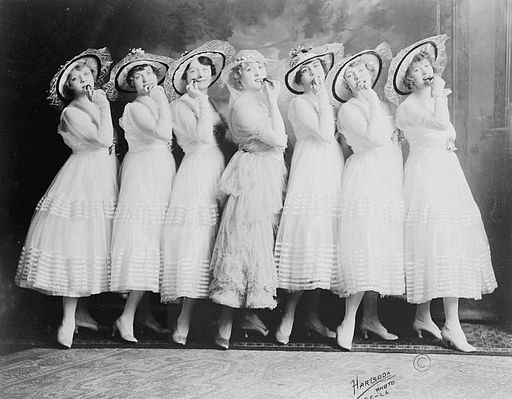
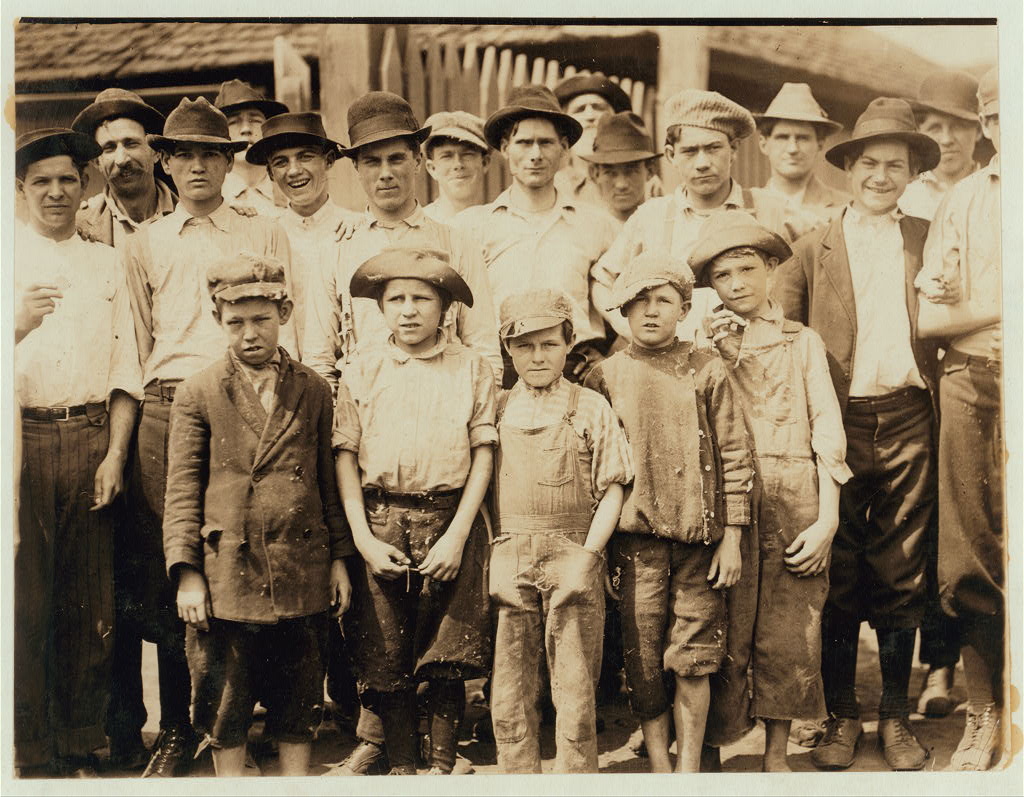
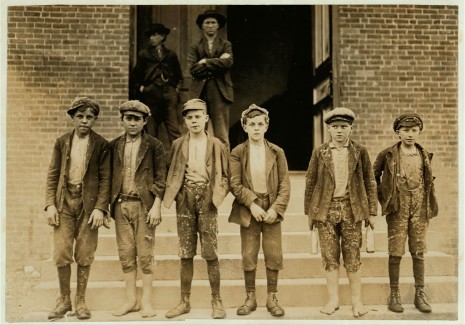
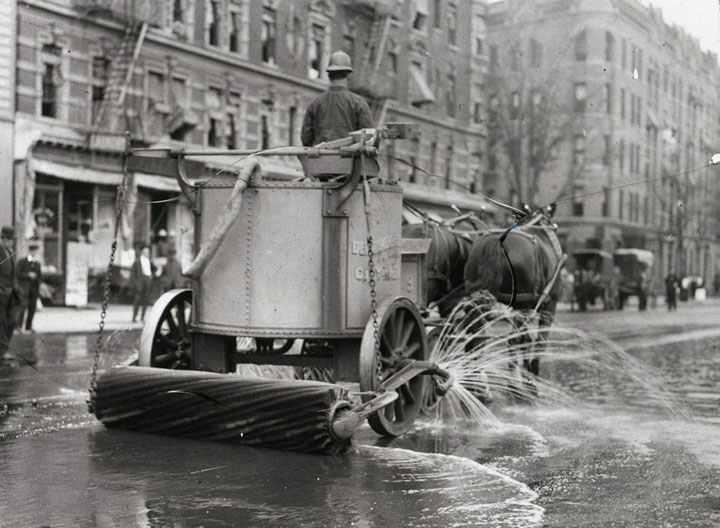
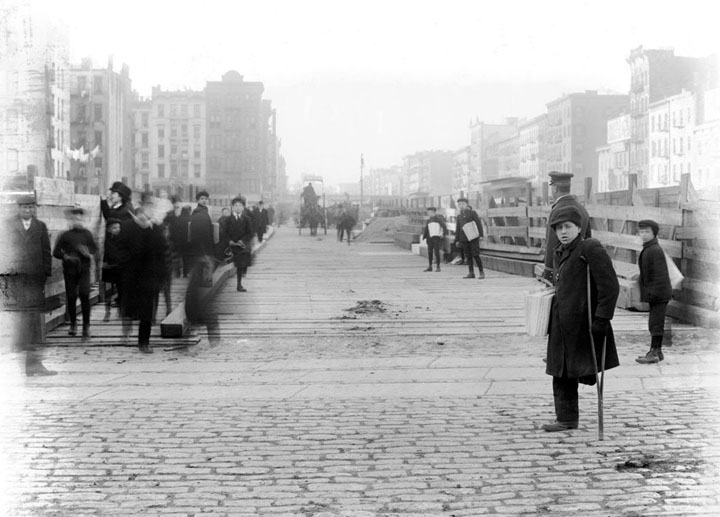
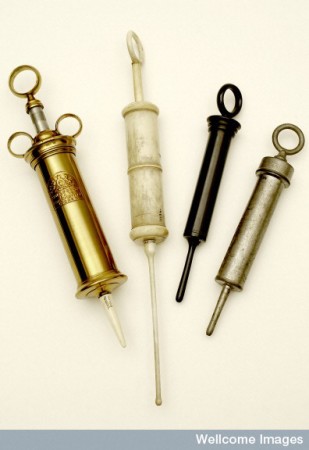
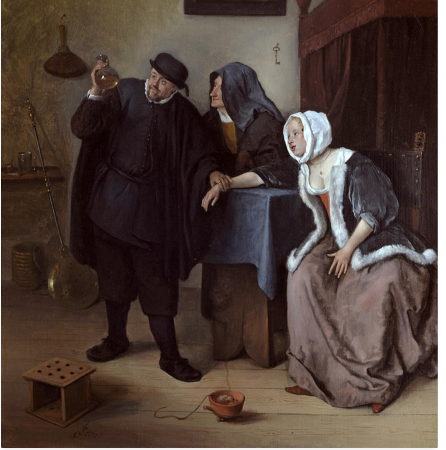
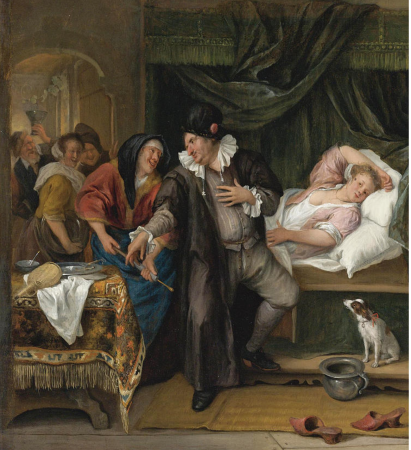
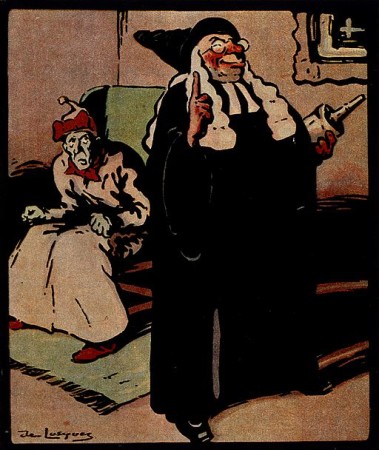
![V0010765 A young fashionable apothecary-surgeon(?) about to give a si Credit: Wellcome Library, London. Wellcome Images images@wellcome.ac.uk http://wellcomeimages.org A young fashionable apothecary-surgeon(?) about to give a sick wealthy lady an enema. Engraving by A. Bosse, 16--. By: Abraham BossePublished: [16--] Copyrighted work available under Creative Commons Attribution only licence CC BY 4.0 http://creativecommons.org/licenses/by/4.0/](https://www.sarahalbeebooks.com/wp-content/uploads/2015/07/edd6c23756eee34ae968ecb19614-450x353.jpg)
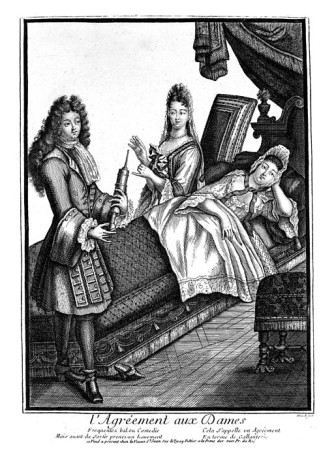
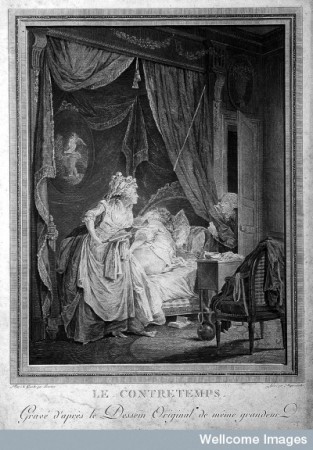
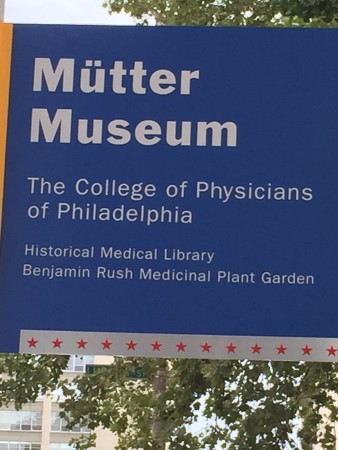
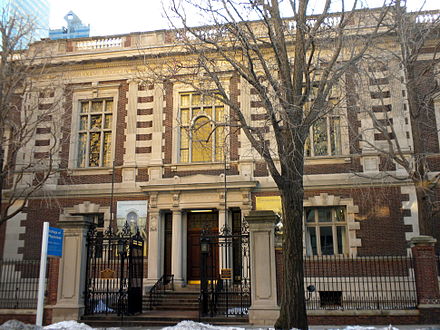
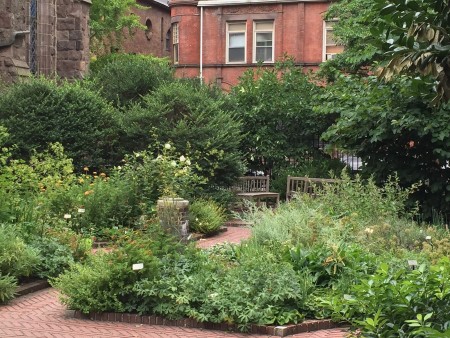
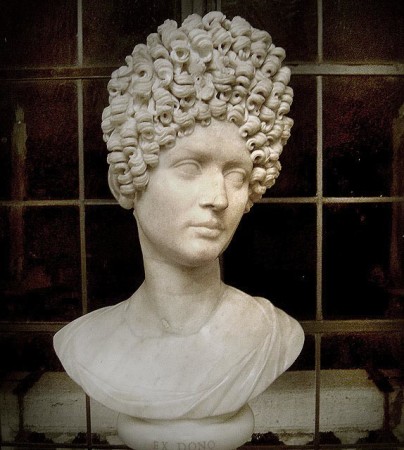
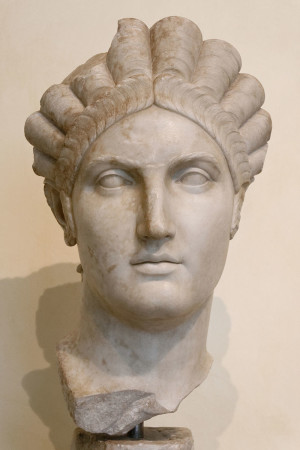
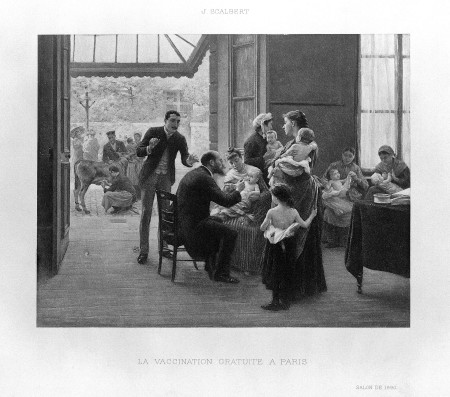
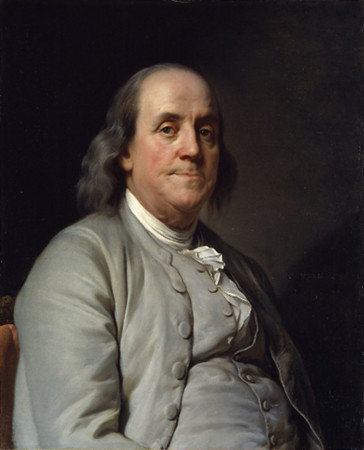
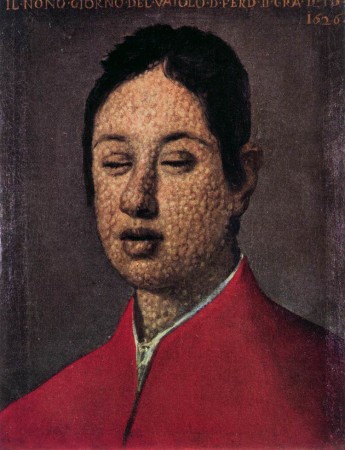
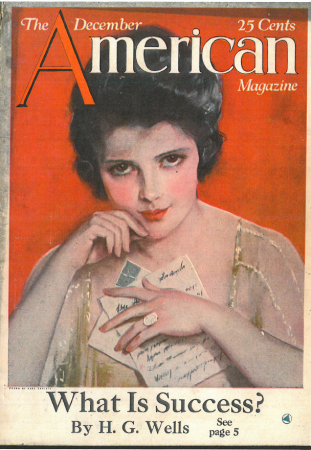
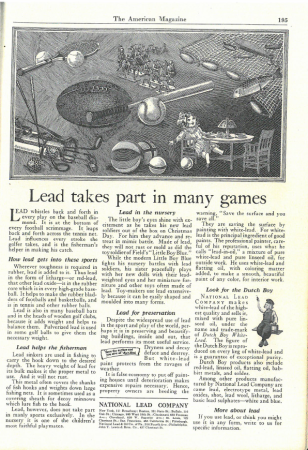
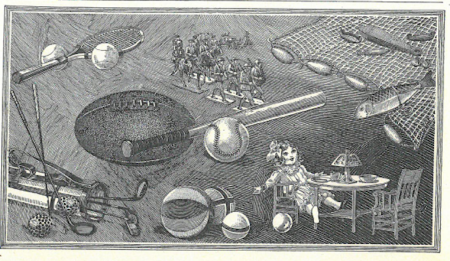
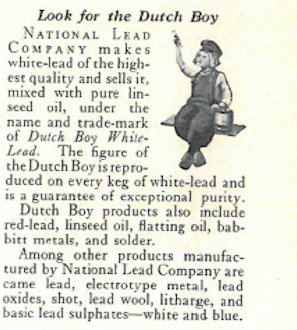
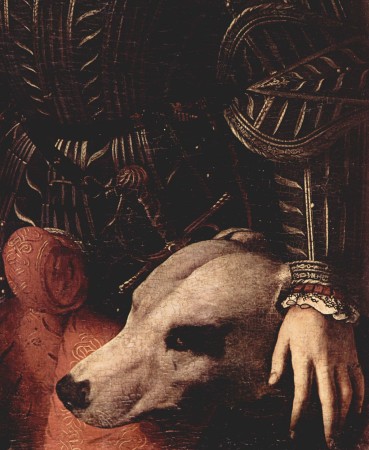
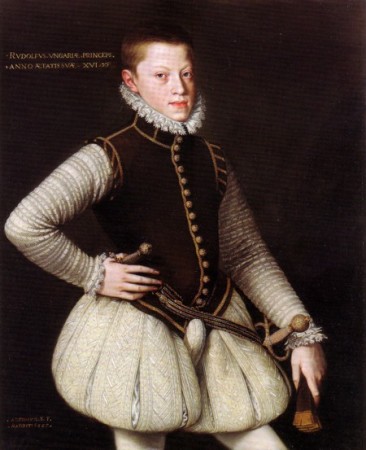
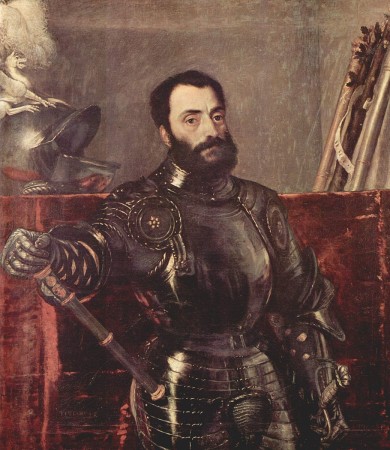
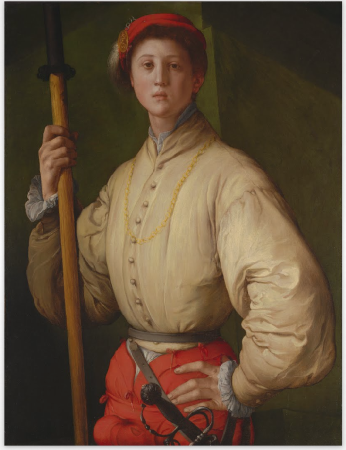
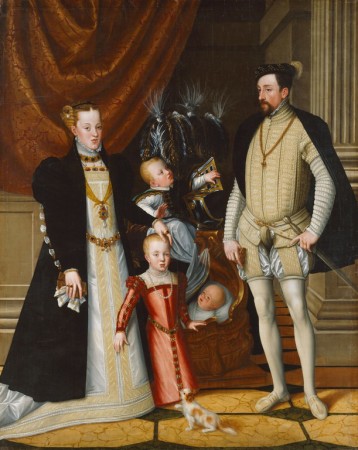
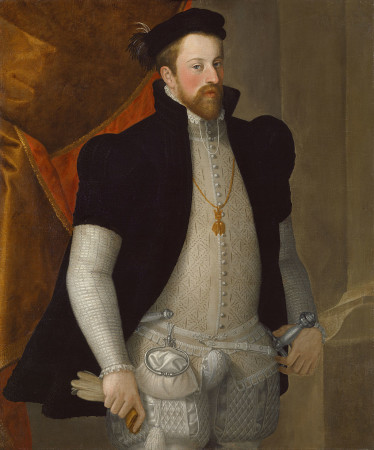
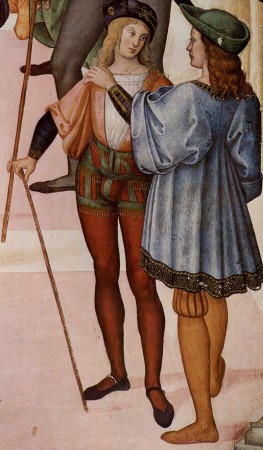
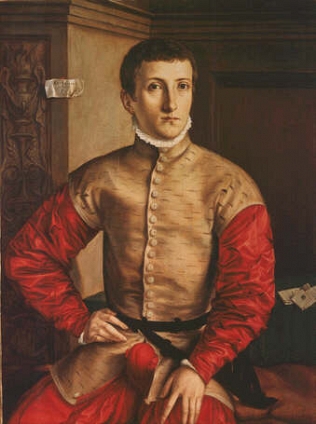
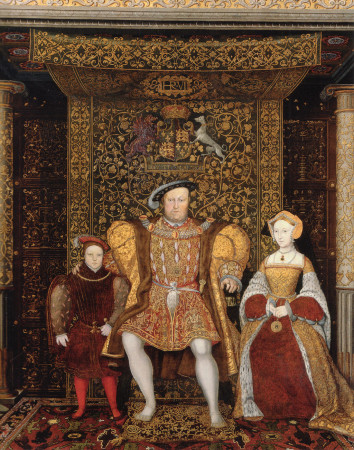
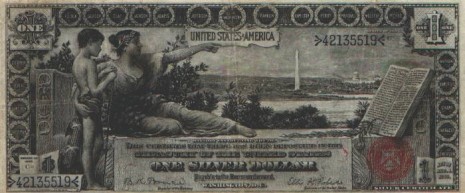 Here’s the back of the one-dollar bill. It shows George and Martha Washington (there’s a refreshing concept!):
Here’s the back of the one-dollar bill. It shows George and Martha Washington (there’s a refreshing concept!):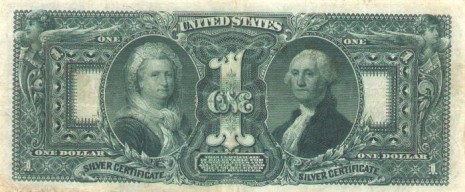 Here’s the two-dollar bill. The central figure is Science, and she is introducing Steam and Electricity (the two kids) to Commerce and Manufacture.
Here’s the two-dollar bill. The central figure is Science, and she is introducing Steam and Electricity (the two kids) to Commerce and Manufacture.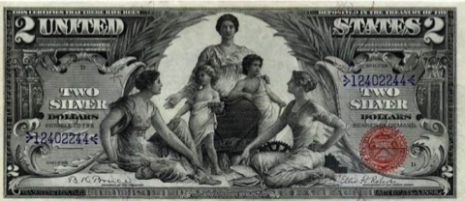 On the back we see Robert Fulton (inventor of the steam engine) and Samuel Morse (inventor of the telegraph).
On the back we see Robert Fulton (inventor of the steam engine) and Samuel Morse (inventor of the telegraph).